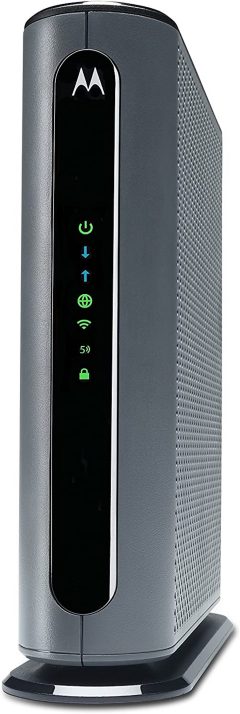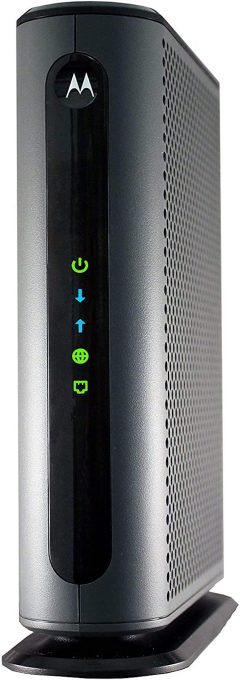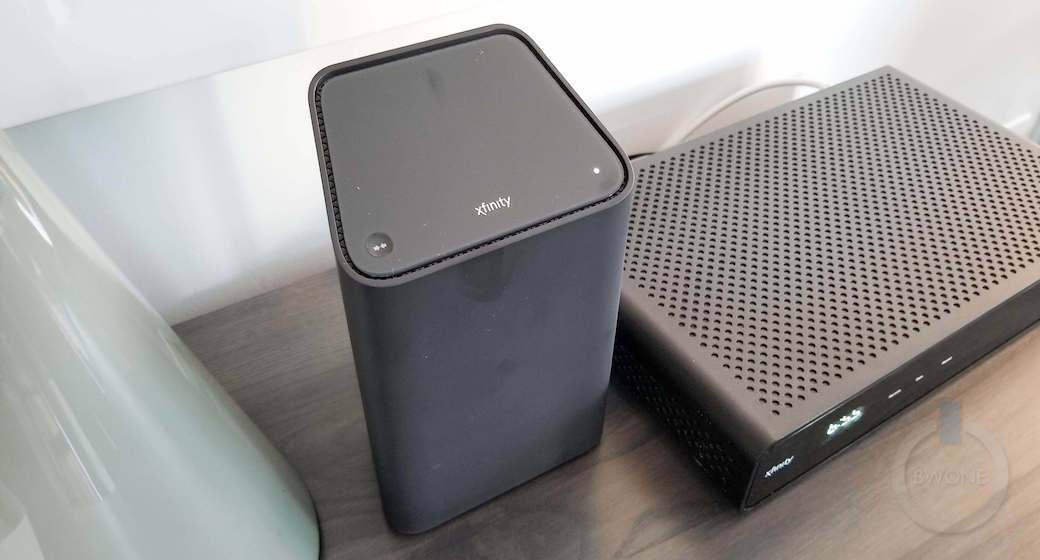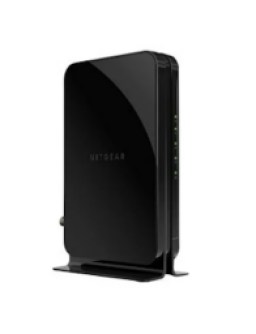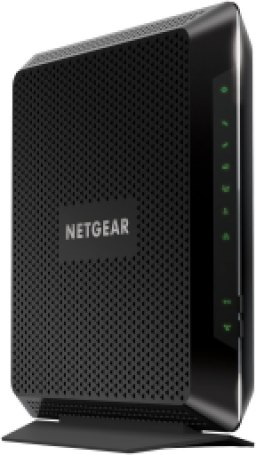Buying guide for best comcast modems
If you’re a Comcast internet customer, chances are you’ve noticed the monthly fee they tack onto your bill for modem rental. Your cable modem – the device that takes Comcast’s internet signal and makes it available to your home devices – is a vital and powerful little device, but there’s no reason to rent it. In fact, most cable modems pay for themselves in less than a year, making them an easy decision for both your home network and your wallet.
Whether you’re ready to ditch those modem subscription fees or just itching to upgrade your modem, read our shopping guide to get a handle on the essentials, then check out the products above to see our recommended options.
The need for speed: DOCSIS demystified
In certain areas of the U.S., Comcast has deployed their next-generation internet delivery technology, providing homes with gigabit internet speeds that are several orders of magnitude faster than the megabit standard they’re replacing. This enables new technologies like streaming 4K video and high-resolution audio to thrive.
In order to enjoy gigabit downloads, however, you need to have a modem that supports the right Data Over Cable Service Interface Specification (DOCSIS) level.
-
DOCSIS 3.0 modems are ideal for everyday megabit internet. If you only have a few users in your home or you just plain don’t need cutting-edge speeds, a DOCSIS 3.0 modem is more than adequate.
-
DOCSIS 3.1 modems are necessary for gigabit internet speeds and can support more devices consuming large amounts of data simultaneously. DOCSIS 3.1 modems are typically compatible with DOCSIS 3.0 networks, so you can connect legacy devices without a problem.
Did you know?
The cliché is true! If you experience any technical problems with a Comcast modem, power-cycling it (turning it off and then on again) is usually the best first step.
STAFF
BestReviews
Wireless routers in modems
In addition to supplying internet service to your home, many Comcast modems include built-in wireless router functionality to supply WiFi as well. These all-in-one devices eliminate the need for a separate wireless router, which can save money as well as counter or desk space.
That said, most people opt to buy a separate WiFi router from a third party based on the following two priorities.
-
Future WiFi upgrades: If you buy a modem with a built-in wireless router and later decide to upgrade your WiFi, you’ll end up needing to buy a new wireless router anyway. Buying your own wireless router keeps you flexible and lets you upgrade on your own schedule.
-
Security: If a security vulnerability alert occurs (like the flaw found in WPA2 WiFi password security in 2017), it’s up to the wireless router manufacturer to issue an update to fix the issue. With third-party wireless routers, you can expect serious critical flaws to be resolved quickly. In contrast, Comcast’s track record with providing updates is poor, meaning you could remain exposed to security threats for extended periods of time.
FAQ
Q. If I buy a modem that includes a wireless router, can I disable the wireless functionality and use my own WiFi router?
A. Yes. While some Comcast modems include wireless routers, in general, it’s better to use a third-party solution. Third-party routers often offer advanced features like the ability to prioritize which devices get the fastest internet speeds.
Q. How long will my cable modem last?
A. Because cable modems don’t generate a lot of heat or have many moving parts, they typically have a long lifespan. At a minimum, you can expect most cable modems to work for at least three to five years.
Q. Will I need to buy network cables when I buy a Comcast modem?
A. Many modems come with the necessary network cables to connect them, but it’s never a bad idea to explore upgrading. You may see network cables labeled with ratings of “Cat 5,” “Cat 5e,” or “Cat 6.” These designations indicate both how fast they can transport data and how much data they can transport at once. The higher the number, the better the overall performance of the cable. If you don’t do a lot of streaming and downloading, a Cat 5 cable would be fine. However, if you have multiple users in your home who will be downloading (or streaming) simultaneously, stick with Cat 5e or Cat 6 cables.



